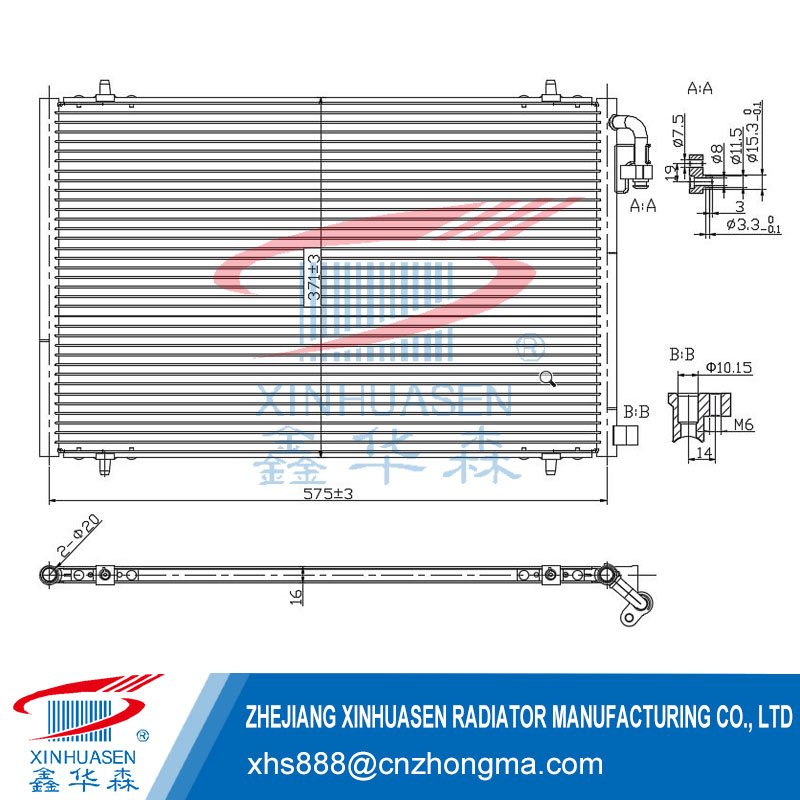To determine if the car condenser is damaged, the following steps can be followed:
1. Ensure that the car's condensation pipes and heat sinks are clean. If there is carbon deposits or oil stains, they should be removed in a timely manner to improve the condensation efficiency of the refrigerant. Carbon deposits and oil stains can cause the high-pressure refrigeration pipes to rise, affecting the condensation capacity.

2. Check the connector or conduit of the condenser. Ensure that there is no damage or leakage. A leak detector can be used for testing, and once a leak is found, it needs to be repaired.
3. Inspect the car condenser housing and heat sink housing. Is there any deformation or damage to prevent blockage of the refrigeration system pipeline.
4. Observe the car condenser for oil stains. If there is oil contamination, there may be a leak. Due to the pressure inside the car condenser during operation, ordinary repairs may not be sufficient and damaged components may need to be replaced.
5. Conduct airtightness testing. Conduct an airtightness test on the car condenser to observe any leaks.
If any of the above abnormal situations are found, they should be repaired or replaced in a timely manner to ensure the normal operation of the air conditioning system.






